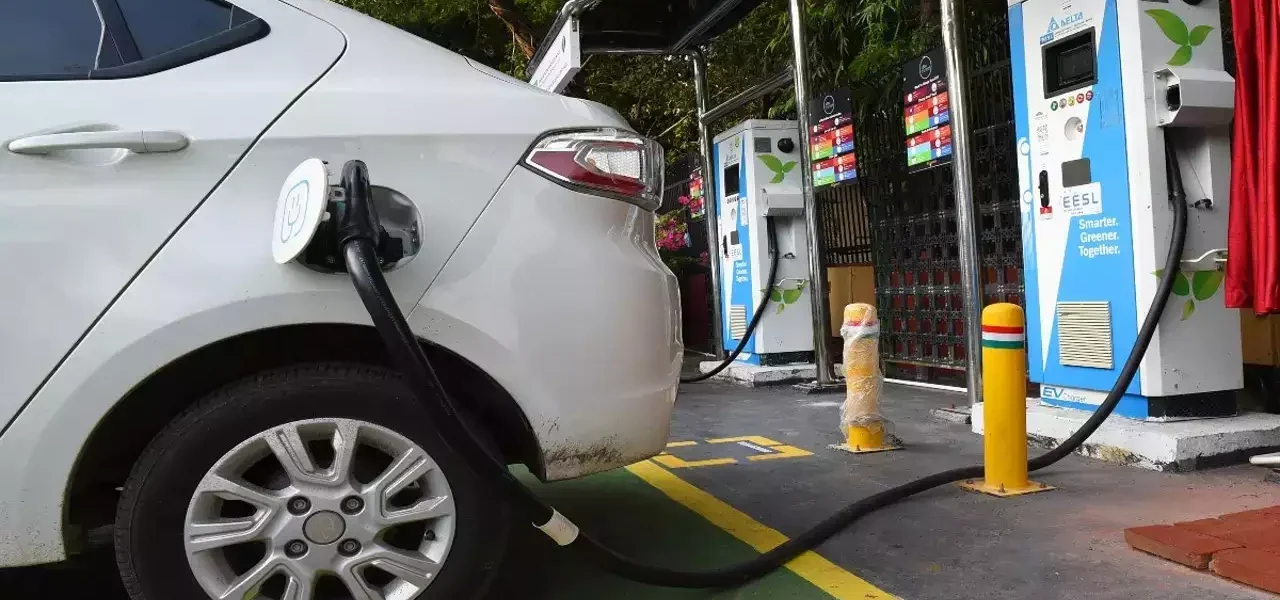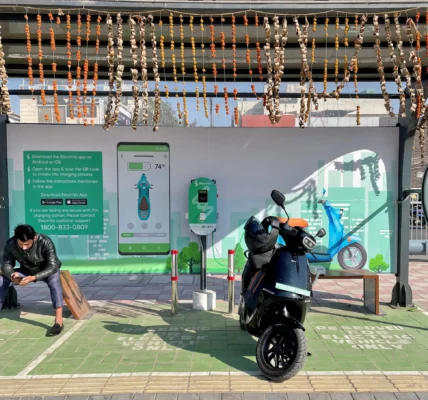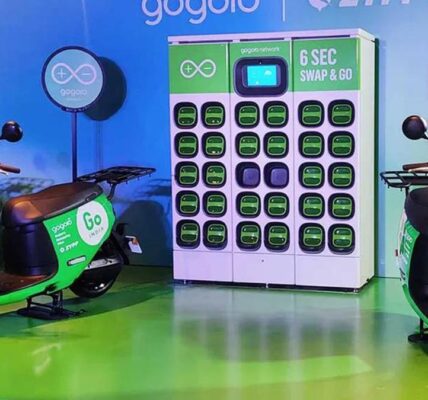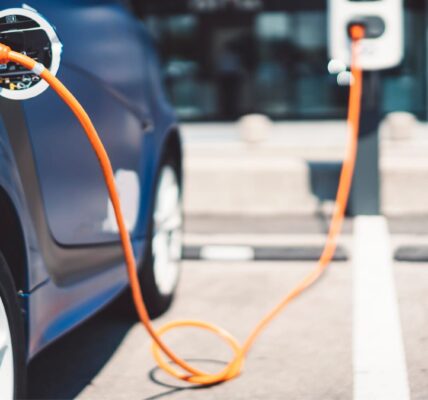The uptake of battery-driven electric vehicles has been rising in India. EV sales have increased from 0.6% of total vehicle sales in Financial Year (FY) 2018–19 to 7% in FY 2023–24. This trend is expected to continue, as India aims for EVs to make up 30% of all vehicle sales by 2030.
In hard-to-abate sectors such as transport, where clean technologies have not matured and are not yet commercially viable, incentives are a common tool to promote widespread EV uptake. Both Central and State governments have made concerted efforts to incentivise EV adoption. In addition to budgetary support through demand and manufacturing incentive schemes, the Central government offers tax incentives in the form of concessional tax rates on EV purchases. Many State governments further encourage EV adoption by setting specific targets, offering demand incentives, and providing tax exemptions on vehicle registrations.
While budgetary provisions consist of a fixed implementation period and allocation, tax incentives often lack sunset clauses and predefined notional outlays. While these incentives are well-intentioned, promoting EVs through tax concessions comes with opportunity costs, as the revenue loss limits the government’s capacity to fund other spending requirements. Moreover, the continued reliance on tax concessions raises concerns about the long-term viability of this approach to boost EV adoption.
This paper examines the impact of EV uptake on three tax streams: Excise and Value Added Tax (VAT) losses from fuel switch to electricity (which is a wellknown issue), revenue forgone from concessional Goods and Services Tax (GST) rates and Compensation Cess exemptions; and state losses from Motor Vehicle (MV) tax exemptions. The study focuses on India’s passenger car and two-wheeled vehicle segments to illustrate how impacts on government revenue collection vary with vehicle segment, owing to differences in vehicle price, fuel mix, tax rate, and the scale and rate of EV penetration.
Key findings
Fuel tax losses are not currently high, but complete electrification dents a big hole in the exchequer: Uptake of electric cars and electric two-wheeled vehicles has possibly resulted in a cumulative fuel tax loss of around ₹800 crore between FY 2018–19 and FY 2022–23. In the context of overall excise and VAT collections for FY 2022–23, the loss is estimated to be around 0.09% of excise and 0.06% of VAT collections. This gets exaggerated in a 100% electric scenario, as the government may lose 28% in total excise duty collection and 20% of total state VAT in a year.
Currently, the state duty collection on electricity consumption in EV charging can offset only about 1% of the fuel tax revenue lost and 3% of VAT lost. It would need to be raised to around 105% to fully recover the estimated VAT loss, which is unlikely to be a feasible option for the government.
The Concessional GST rate on EVs is the biggest contributor to revenue loss: Under the present policy, petrol and diesel vehicles are taxed at the highest GST rate of 28% and are also subject to an additional Compensation Cess, whereas EVs benefit from a preferential GST rate and full exemption from Cess. This causes the largest EV-related revenue loss to the government until FY 2030–31, even more than the fall in tax collection from liquid fuels (Figure ES-1).
Between FY 2018–19 and FY 2022–23, the cumulative vehicle sales tax loss amounts to ₹4,257 crore, which is projected to reach ₹1 lakh crore between FY 2023–24 and FY 2030–31. Because of the higher ex-factory prices and additional Cess application, losses from the car segment are estimated to be around 1.4 times higher than those from the two-wheeled vehicle segment, despite lower unit sales for cars. To compensate for the GST revenue loss from an EV, a GST rate of 48% would need to be imposed on equivalent Internal Combustion Engine (ICE) cars and two-wheeled vehicles. ICE vehicles are already taxed at the highest GST slab of 28%.
Substantial revenue loss from MV tax exemptions: Several State governments, in their respective state EV policies, have employed MV tax exemptions as a key policy tool to encourage EV adoption. The exemptions given on MV taxes have resulted in revenue forgone of ₹1,035 crores in FY 2022–23 alone. While the exemptions are accompanied by sunset clauses, predicting the opportunity cost is challenging.
State governments more impacted than the Centre: Both Central and State governments experience revenue losses due to the transition to EVs; however, the magnitude of losses is higher for State governments. Between FY 2018–19 and FY 2022–23, State losses were nearly double those of the Central Government (Figure ES-2).
In FY 2022–23, out of the overall revenue loss of around ₹4,300 crore, states possibly incurred ₹2,900 crore of losses, accounting for 0.1% of states’ total tax revenue. This trend is projected to continue until FY 2030–31. Given that states have limited options for generating revenue, the loss of VAT from fuel sales and the continuation of concessional MV tax rates may pose greater financial challenges to states.
EVs in India are no exception when it comes to receiving tax concessions. Major EV markets globally, namely China, Norway, and the United States, have seen their respective governments doling out tax incentives in the form of tax exemptions, credits, and reduced rates to lower the upfront cost of EVs and accelerate their uptake. Offering tax incentives to encourage decarbonisation efforts is also not foreign to government policy in India. Ethanol blending in petrol and equipment used in solar and wind power projects are some of the instances that have enjoyed tax benefits.
As EV penetration rises, the government may need to balance incentives aimed at promoting adoption with revenue mobilisation. Also, there are important equity issues to consider, given that most support disproportionately helps the rich, especially for personal vehicle use. Moreover, emission reduction-linked incentives are not appropriate to support EV adoption, as the Greenhouse Gas (GHG) emission abatement potential is highly contingent on the carbon intensity of grid electricity, which is not something an EV manufacturer or user can control. As per this paper’s findings, revenue losses will grow in the near future if the current policies continue. However, policy solutions such as sunset clauses and reduced concessions require deeper analysis, which will be undertaken in future research.







